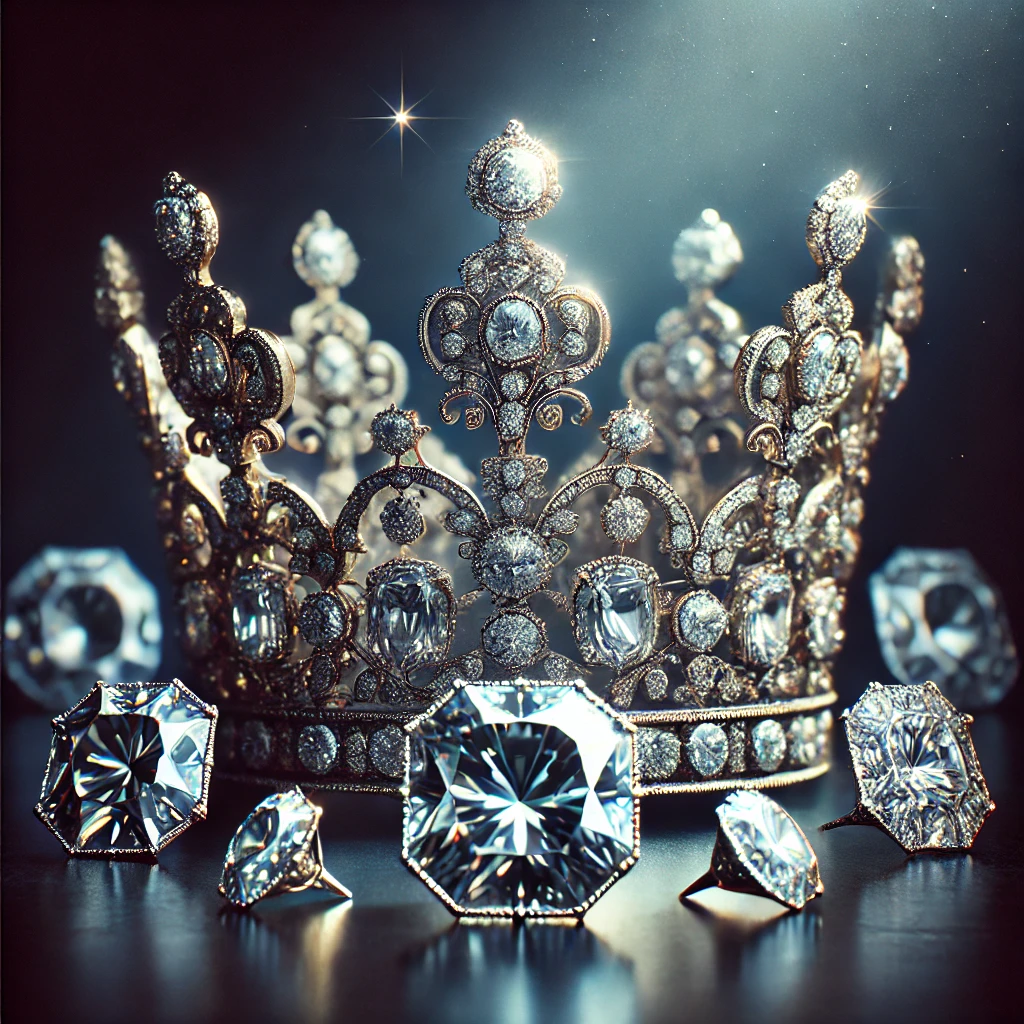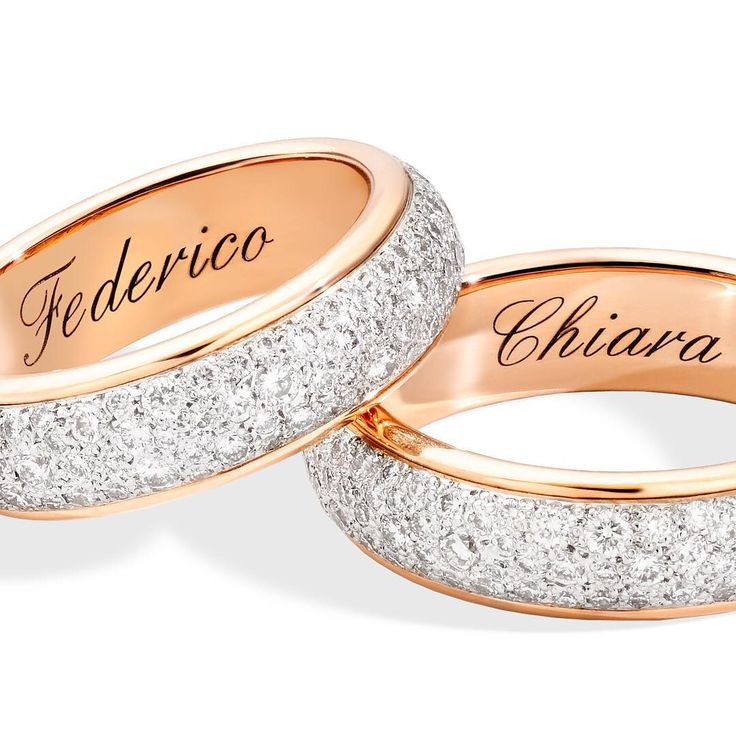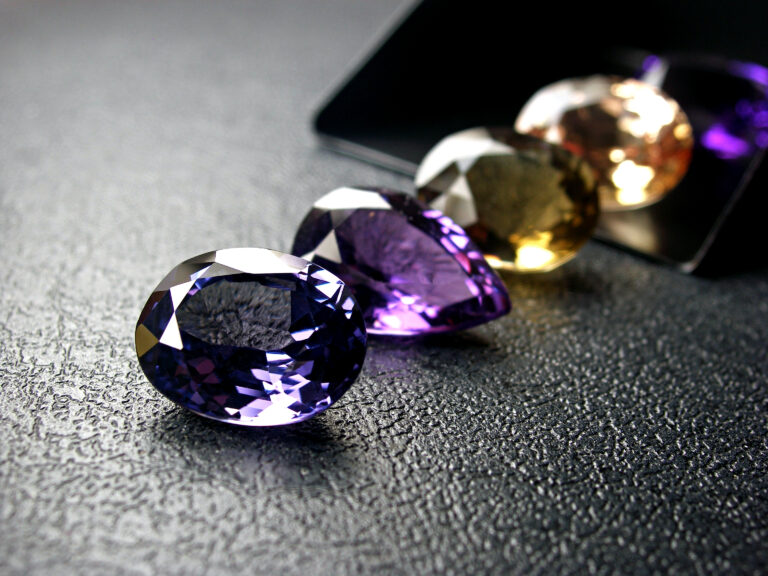
For centuries, diamonds have transcended their status as mere gemstones, embodying power, authority, and the divine right to rule. Their brilliance and rarity made them coveted symbols of wealth and dominance, particularly among monarchs eager to display their might. The British Crown Jewels provide a prime example, with the legendary Koh-i-Noor diamond standing as a testament to the British Empire’s once-unassailable authority. Steeped in mystique and surrounded by tales of fortune, the Koh-i-Noor has become a symbol of the enduring legacy of the British monarchy, passed down through generations of rulers.
Beyond their symbolic value, diamonds have played a strategic role in diplomacy, often exchanged as gifts to forge and strengthen political alliances. In the 17th century, the Mughal Emperor Shah Jahan’s gift of the magnificent “Tavernier Blue” diamond—later recut into the famous Hope Diamond—to King Louis XIV of France was more than an act of generosity; it was a calculated move to secure favour and reinforce ties between two of the world’s most powerful empires. Through such exchanges, diamonds became tools of diplomacy, with the weight of entire empires carried on their facets.
Individual political figures have also used diamonds to shape their legacies, leveraging the gems to project power and secure influence. Empress Catherine the Great of Russia, renowned for her vast diamond collection, used these treasures to assert her dominance both within Russia and across Europe. Her acquisition of the Orlov Diamond, later mounted into her imperial sceptre, was not just an act of personal adornment but a deliberate assertion of her unyielding authority. For Catherine, as for many rulers, diamonds were not merely objects of beauty but instruments of power, enhancing her image as one of history’s most formidable leaders.
Royal ceremonies have long relied on the symbolism of diamonds to convey continuity and tradition. This is perhaps most evident in British coronation ceremonies, where the Imperial State Crown, adorned with over 2,800 diamonds, including the famed Cullinan II, plays a central role. Far more than a dazzling piece of jewellery, the crown embodies the enduring nature of the British monarchy, with each diamond within it contributing to the rich narrative of royal tradition that continues to captivate the world.
In conclusion, diamonds have been far more than ornamental stones throughout history. They have been wielded as symbols of power, tools of diplomacy, and markers of legacy. From the Koh-i-Noor in the British Crown Jewels to Catherine the Great’s Orlov Diamond, these gems have played a central role in the drama of history, their brilliance reflecting the aspirations and authority of those who possessed them. As enduring symbols in royal ceremonies and diplomatic exchanges, diamonds have helped shape the course of history, solidifying their place not only as treasures but as potent symbols of power and legacy.




